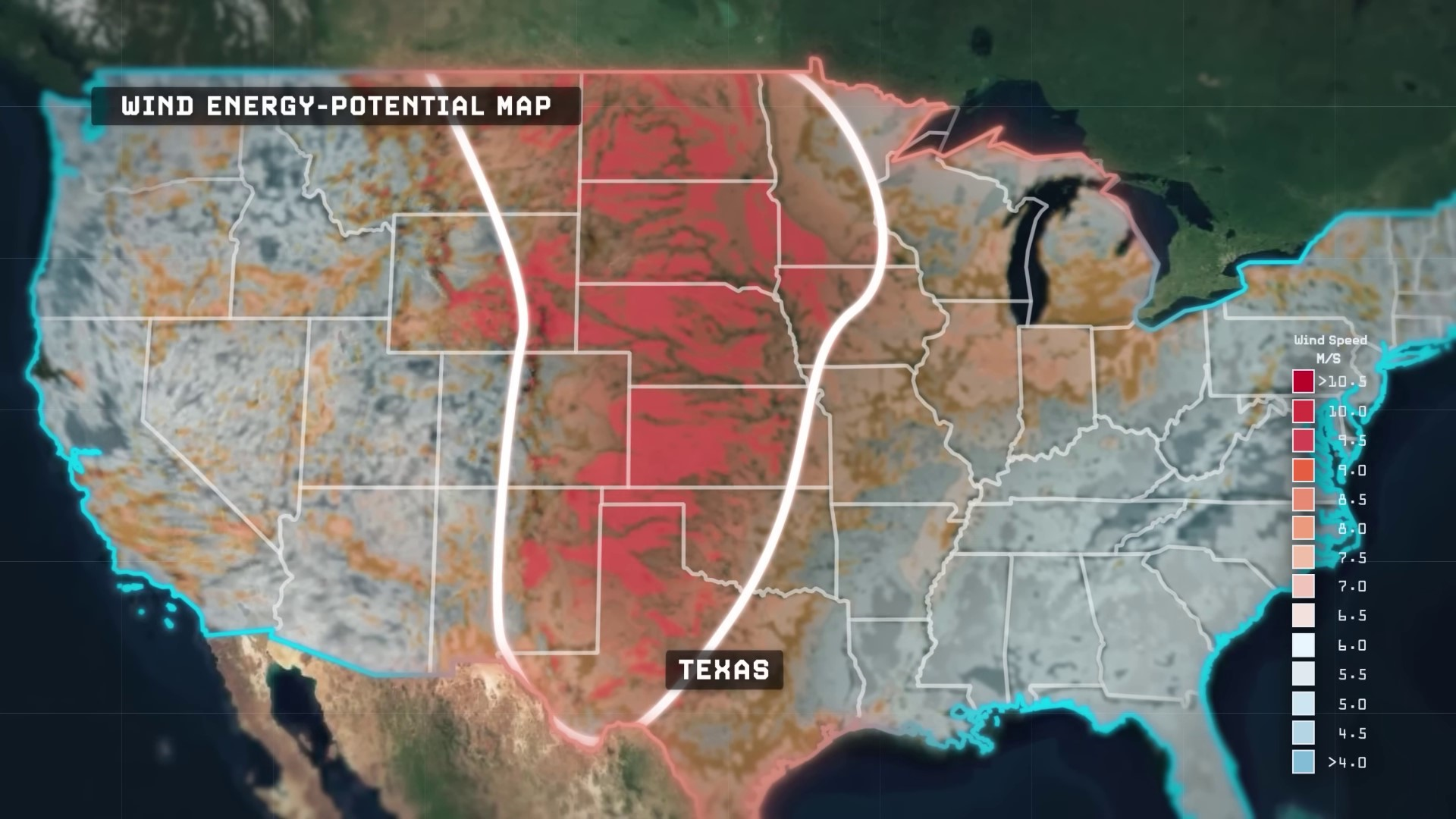Why Texas is Becoming America’s Most Powerful State — @RealLifeLore
@RealLifeLore Infographic Summary
Table of Contents
- Texas Growth Surpassing California | 0:00:00-0:08:23
- Advantages in Major Texas Cities| 0:08:23-0:13:03
- The History of Oil Industry in Texas | 0:13:03-0:20:03
- Fracking and Geopolitical Challenges | 0:20:03-0:22:03
- The United States Becoming the World’s Largest Oil Producer | 0:26:03-0:31:03
https://youtu.be/WBYu7tR7DHg
Texas Growth Surpassing California | 0:00:00-0:08:23
Texas has been growing at a faster pace than California. For decades, Texas has been gradually increasing its population, ranking 6th out of America's 50 states by population in 1960, behind Ohio, Illinois, Pennsylvania, California, and New York. However, by the mid-20th century, the pace of American settlers moving to the West and the South to states like California, Texas, and Florida rapidly increased.

In 1970, another state had finally surpassed New York to become America's newest most populous state: California. Yet, Texas was also experiencing rapid growth. In the 2000 census, Texas surpassed the population of New York, becoming the second state since 1810 to do so. For the past 23 years, it has been California and Texas holding the first and second position for the states with the most population, but Texas has been growing at a much faster rate.
In 2000, Texas was home to around 20.85 million people while California had around 33.9 million. However, over the next 20 years, Texas added 8.25 million people to its population, reaching around 29.1 million, while California only added around 5.6 million people, reaching a population of around 39.5 million. The gap in population between the two states had narrowed from 13 million to just 10.4 million by 2020.
In 2020, California experienced a population decline of 500,000 people due to factors like residents leaving the state or passing away. This marked the first time in its history that California lost people, with 700,000 residents leaving and only 200,000 new residents moving in. This led to California losing one of its seats in the U.S. population-based representation.
The population in Texas has been increasing significantly since the COVID-19 pandemic began, with a growth of 884,000 people between April 2020 and July 2022, while California experienced a decrease in its population. With California's population estimated at 39 million and Texas at 31.2 million in 2023, if current trends continue, Texas may surpass California as the most populous state in the 2040s.
The increased population in Texas has also resulted in the growth of the state's political power. Texas gained two additional seats in the population-based House of Representatives, up to 38. The state's population explosion has been well spread out across the state, with urban areas like Dallas-Fort Worth (DFW) adding nearly 1.5 million people just since 2010.
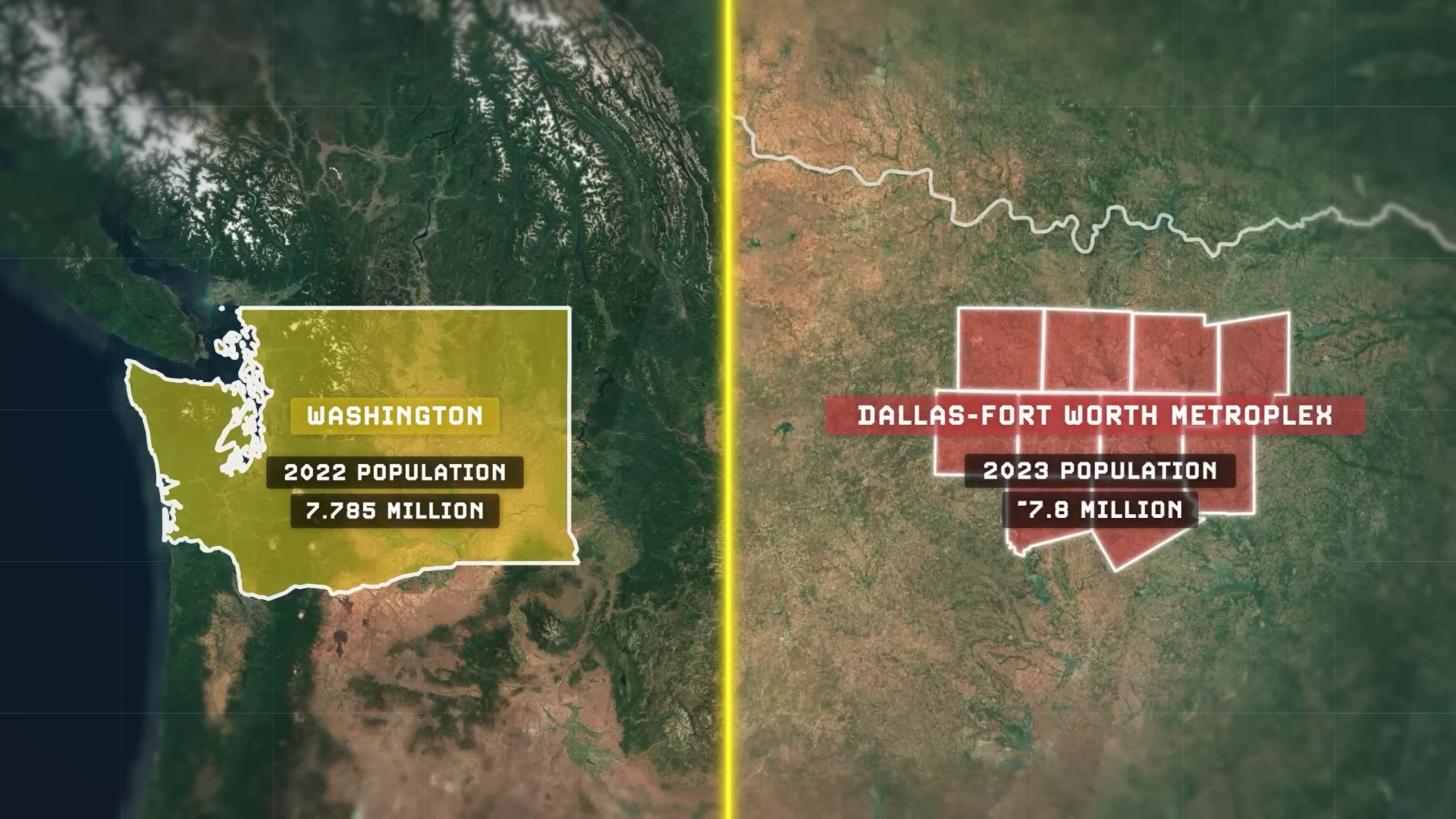
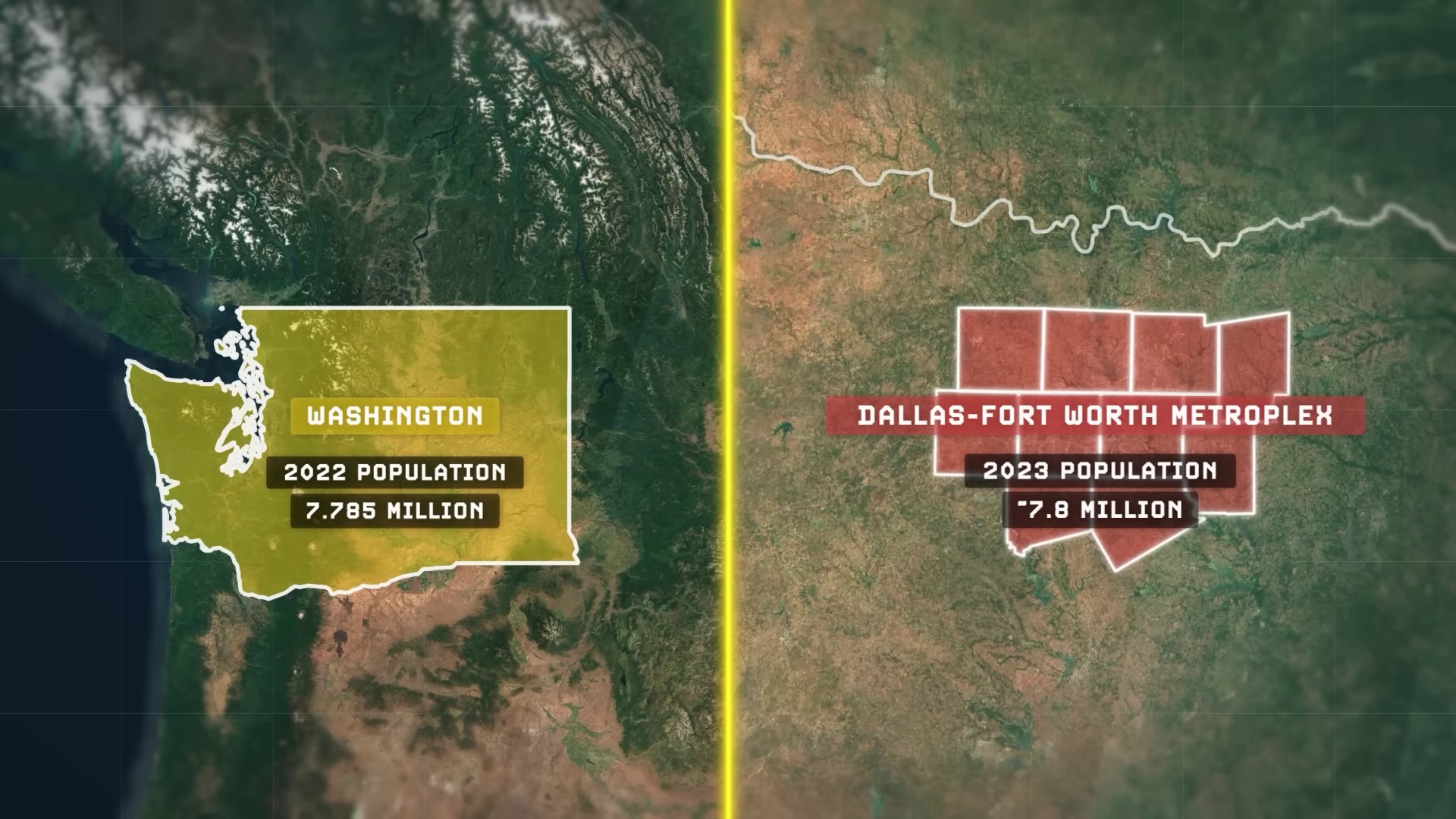
Texas also has other booming urban areas like Houston, San Antonio, and Austin, forming an emerging, densely populated region called the Texas Triangle. Housing about three-quarters of the Texas population, the Texas Triangle contains America's 4th, 7th, 9th, 11th, and 13th largest cities. It's projected that its population will equalize with Southern California's by the 2030s.
Among the reasons for Texas' growth are the rapidly expanding economy, the creation of a significant number of jobs, and the relatively affordable cost of living and doing business in the state. In 2021, the population of Texas grew by 18% while the economy of Texas expanded by 39%.
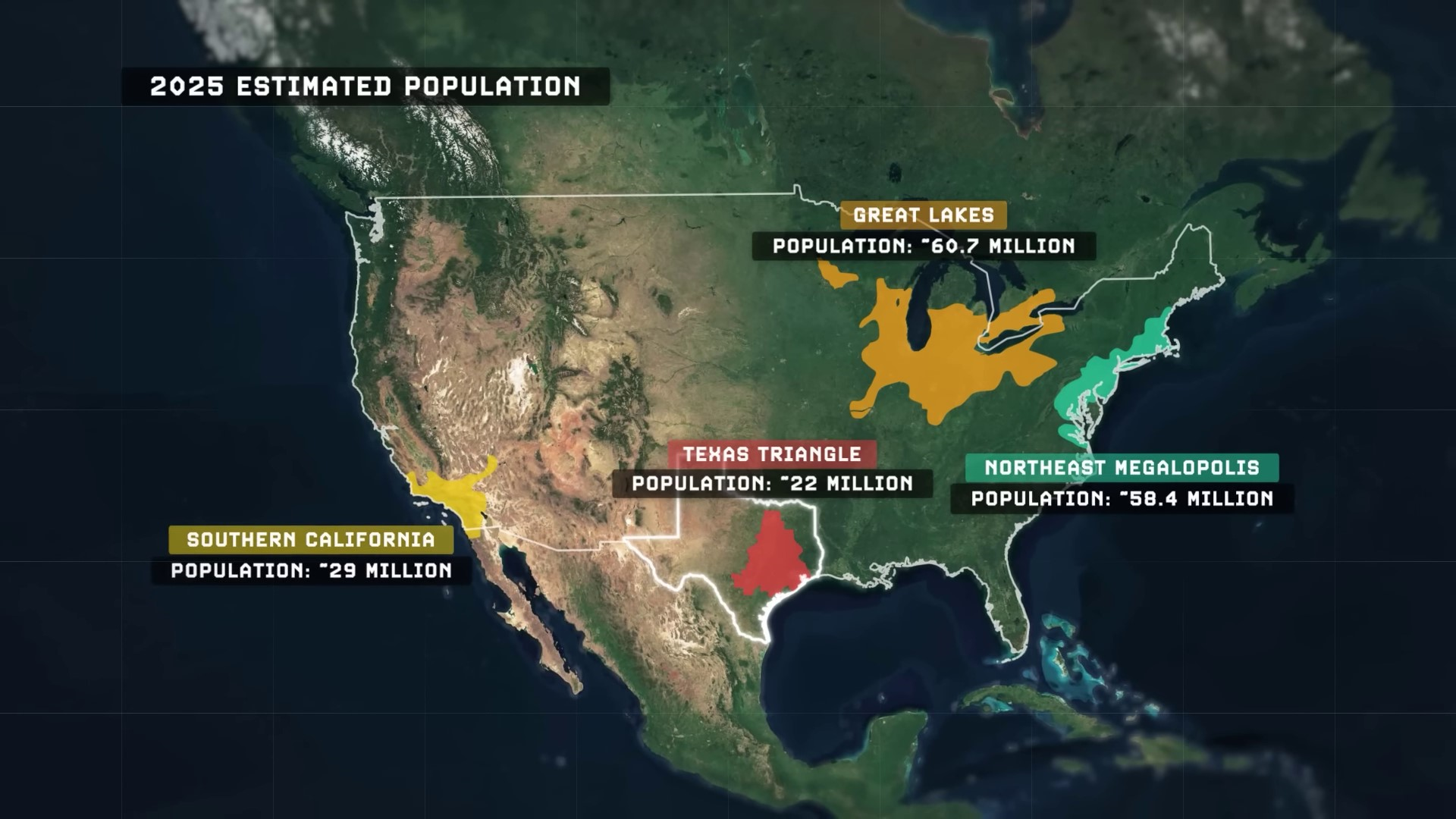
Texas State Gross Domestic Product (GDP) is $2.35 trillion USD, making it the 8th largest economy in the world if it were independent. Texas is growing its population base faster than California and leads in exports. Many major companies have relocated their headquarters to Texas, with 40% coming from California. Companies like Oracle, Tesla, Charles Schwab, Hewlett Packard Enterprise, Caterpillar, and McLaren North America have moved to Texas since 2020. Apple is also building a $1 billion campus in Austin with over 5,000 employees.
Advantages in Major Texas Cities| 0:08:23-0:13:03
Major companies like Apple, Google, Meta, and Goldman Sachs have expanded their offices in downtown Austin and Dallas, Texas. Dallas is becoming a significant operations center for Goldman Sachs, whose new office space will house 5,000 employees. Besides, the Texas Triangle's strategic location provides easy access to air travel across the United States and Latin America, making Texas a job creation hub since the COVID-19 pandemic.
The Perot Field-Fort Worth Alliance Airport is one of the largest in America, focused on cargo operations and is a regional hub for FedEx Express and Amazon Air. This robust air travel infrastructure contributes to the strategic value of the DFW area for businesses with national or global interests. Texas also boasts attractive taxation policies, including 0% state income tax and 0% capital gains tax. On top of that, real estate prices, both for corporations and individuals, are significantly lower when compared to the American coasts. For instance, the median listing price for a home in the Texas Triangle region is considerably lower than that in cities like San Diego, Los Angeles, and San Francisco.
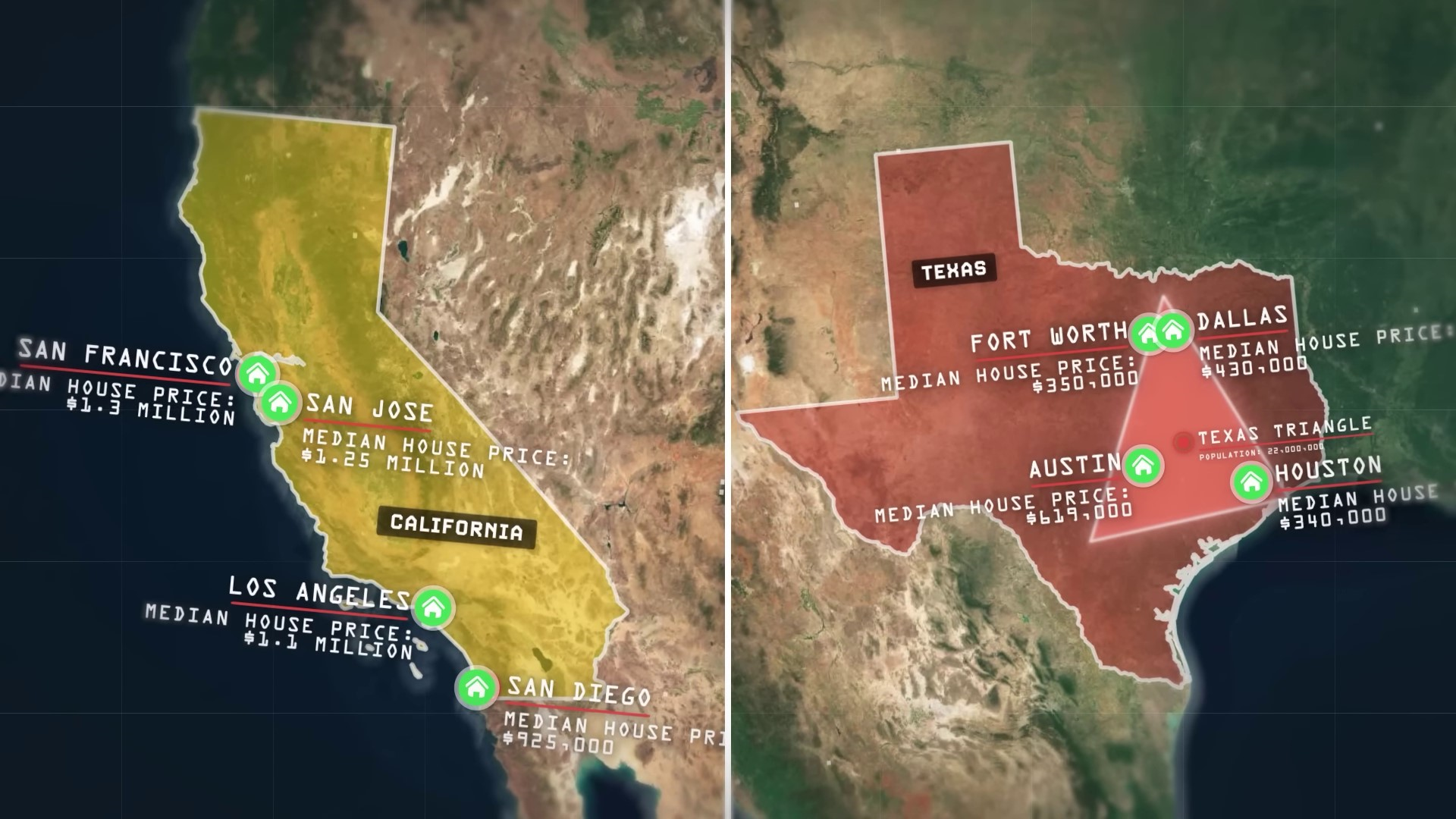
The state's leading business position is driven by several factors such as a well-established oil industry, the presence of several Fortune 500 companies, and recent technological innovations. The range of economic strengths within Texas includes tech in Austin, finance in Dallas, energy in Houston, and aerospace and agriculture across the state.
The History of Oil Industry in Texas | 0:13:03-0:20:03
The oil industry in Texas began in 1901 with a major discovery in Beaumont, East Texas, transforming the state from a rural, agriculture-centered area to a leading oil producer. Several other significant oil discoveries soon followed across the state, culminating in the 1920s with the largest find in the west, later known as the Permian Basin. However, after World War II, the country became a net importer of oil as domestic demand exceeded production, leading to increased dependence on foreign sources.
The 1970s saw the United States heavily dependent on Middle Eastern oil, leading to geopolitical vulnerability. Following the 1973 OPEC oil embargo, America's foreign policy shifted towards addressing these geopolitical issues, with Energy Independence being the primary goal. By 1974, even the oil production in the Permian Basin had started declining. The 1979 Islamic Revolution in Iran further restricted American oil supply.
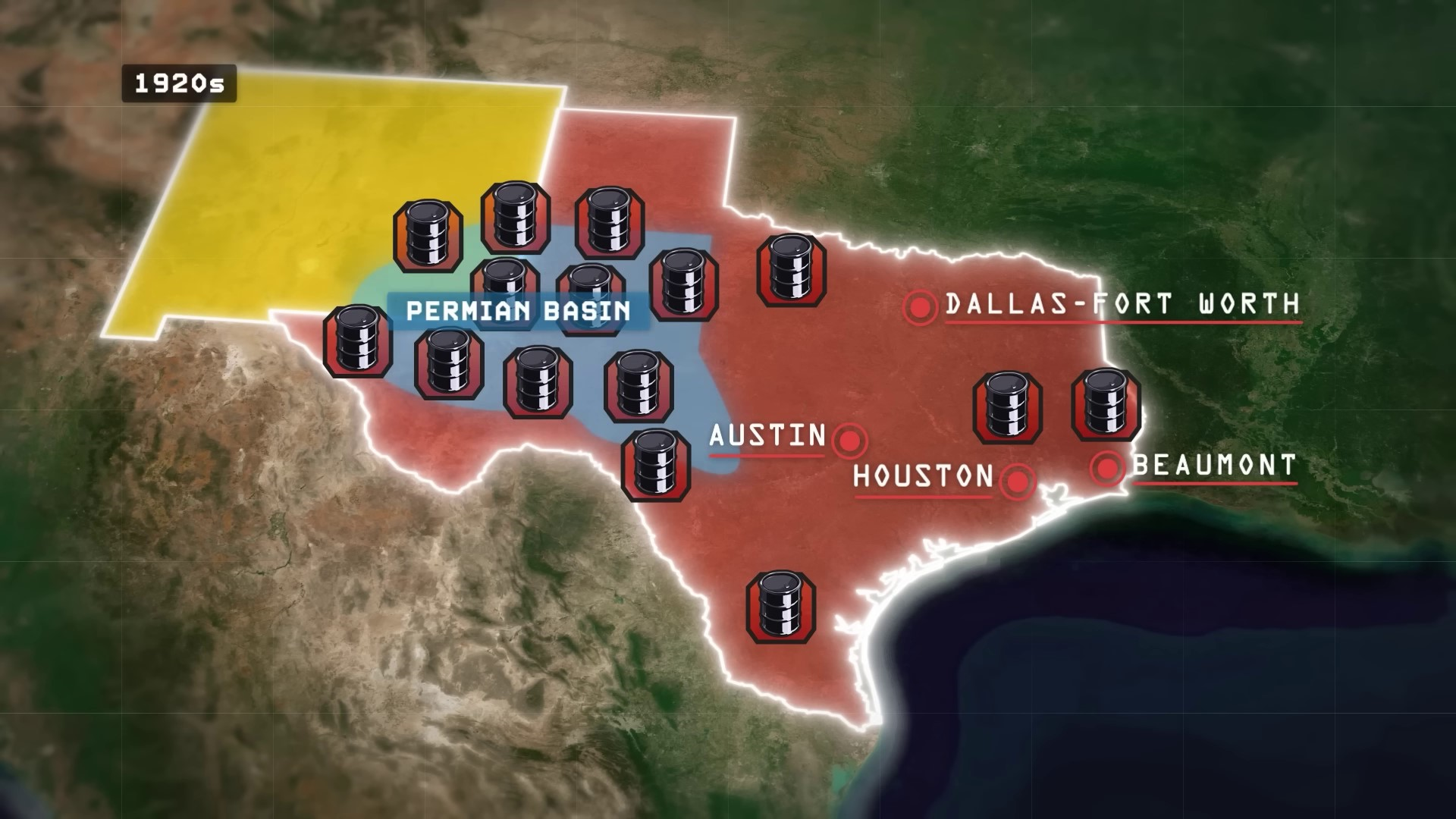
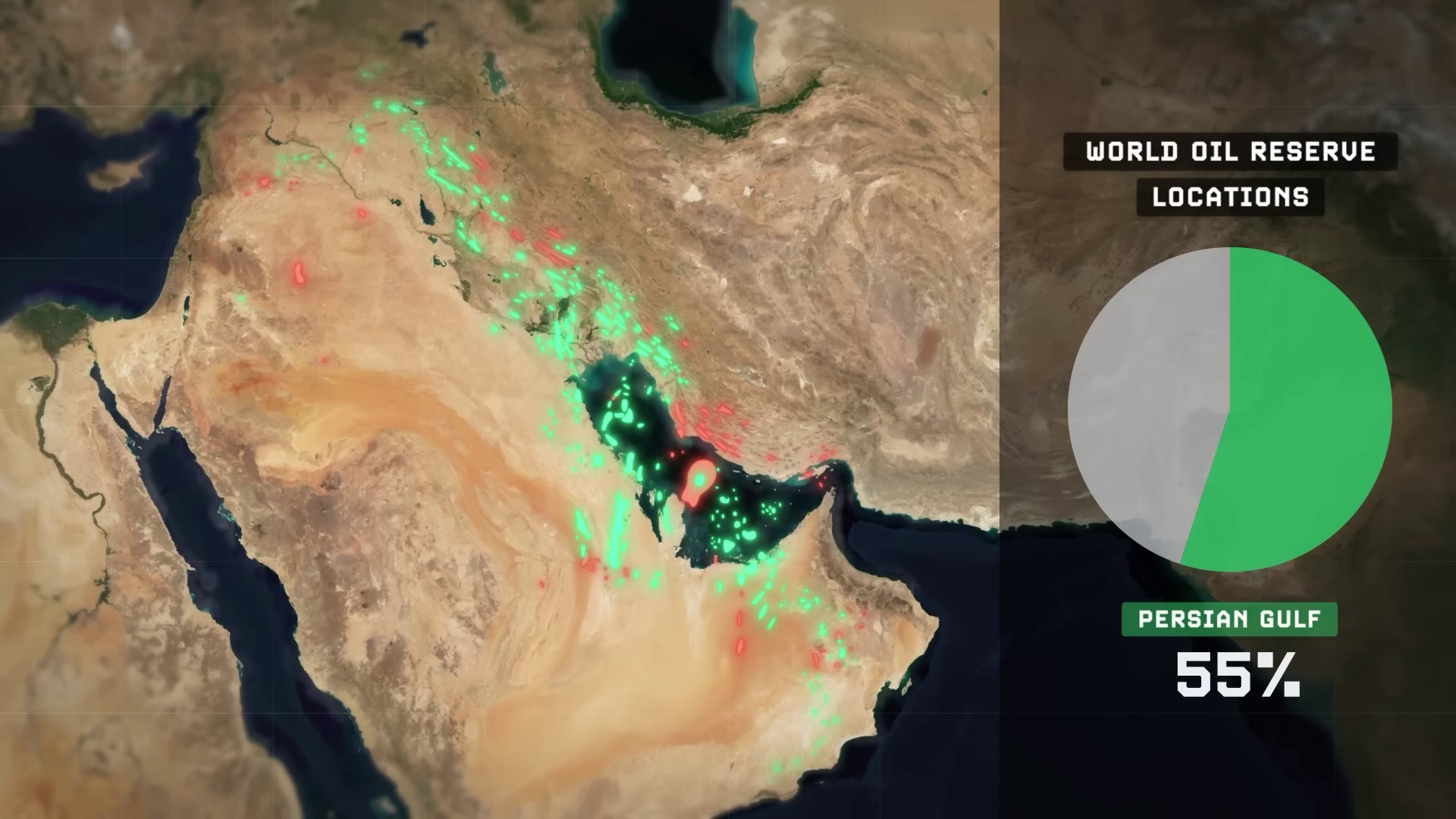
Despite the global increase in oil prices in the 1970s, and a subsequent boost for Texas, the fall in oil prices in the 1980s led to a profound recession in the state. By 2007, oil production in the Permian Basin hit an all-time low, and it seemed like the US was destined to be a major oil importer indefinitely. However, a technological revolution in the oil and gas industry originating in Texas transformed the industry, similar to the transformation in 1901. The combination of two previously unrelated technologies by petroleum engineers and geologists in North Texas kickstarted this progression.
Fracking and Geopolitical Challenges | 0:20:03-0:22:03
Fracking, a method combining horizontal well drilling and hydraulic fracturing, created new opportunities for extracting petroleum resources from non-porous shale rock deep beneath the surface. Prime locations for fracking, such as Texas, saw significant increases in oil production, with production more than doubling from 2007 to 2014. The strategic location of Texas's shale oil and gas fields made them highly accessible in comparison with other major reserves worldwide. Unlike oil and gas fields near geopolitical threats or sparsely populated interiors, Texas's shale oil and gas fields are conveniently situated near major U.S. cities.
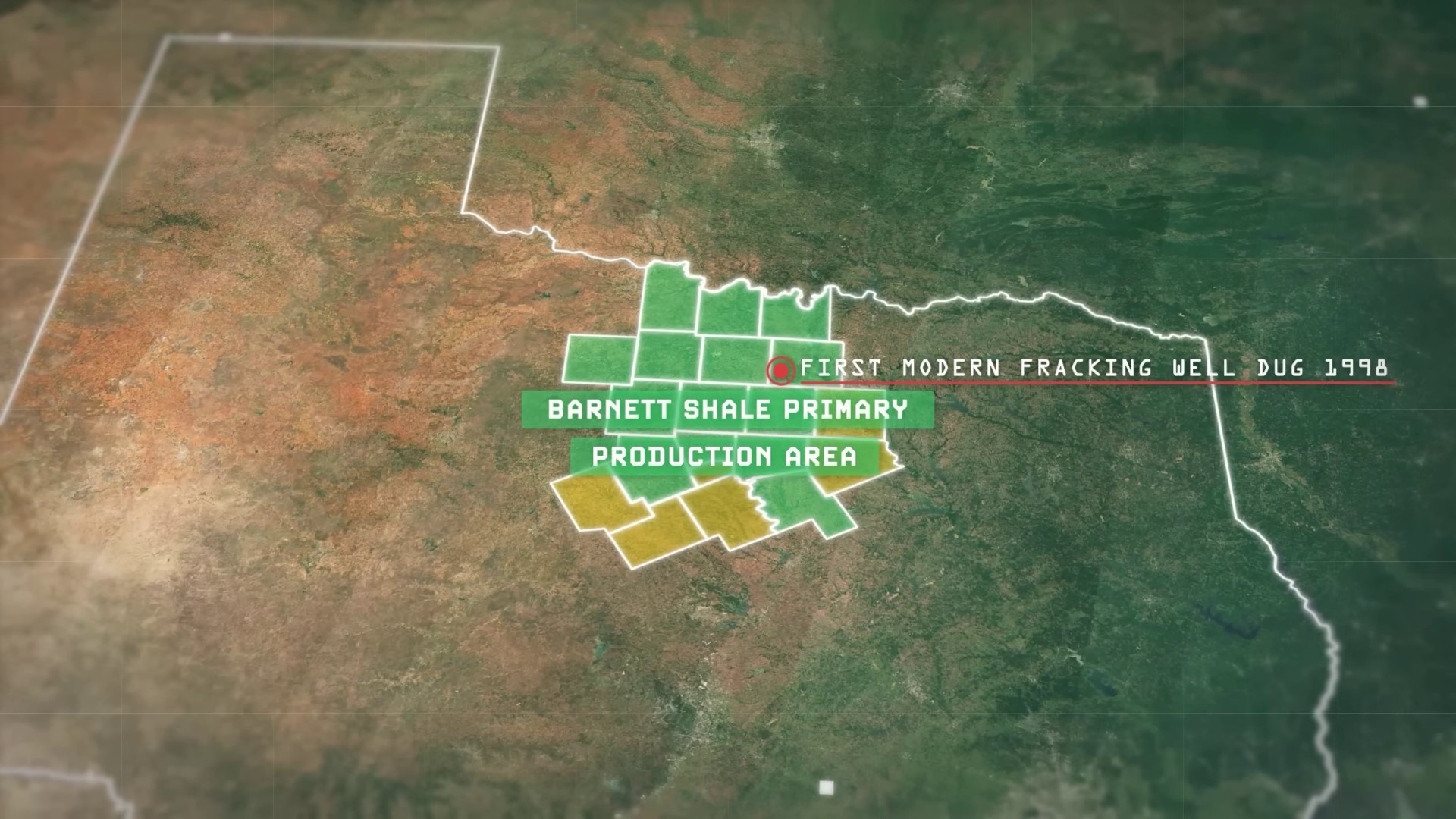
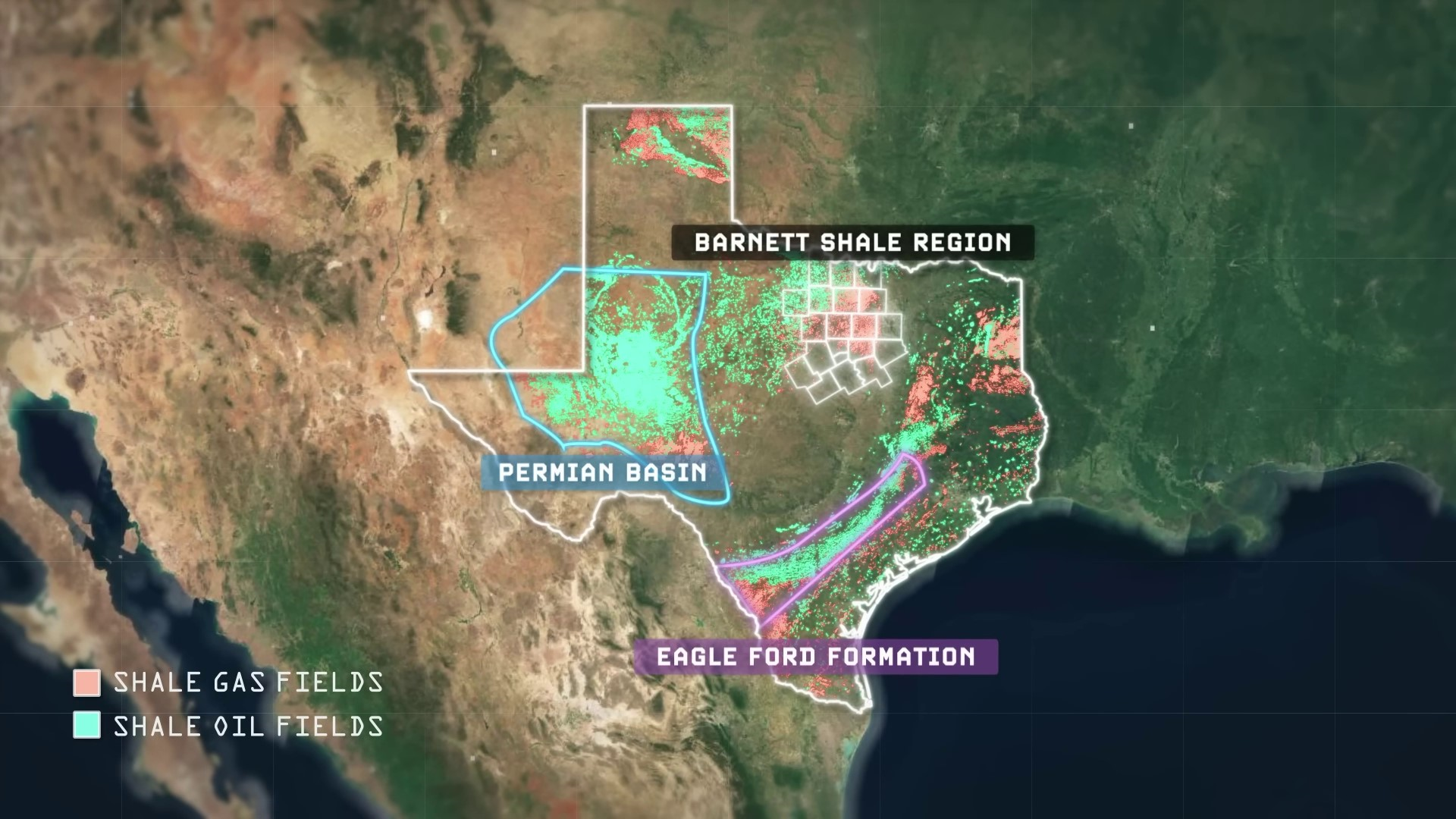

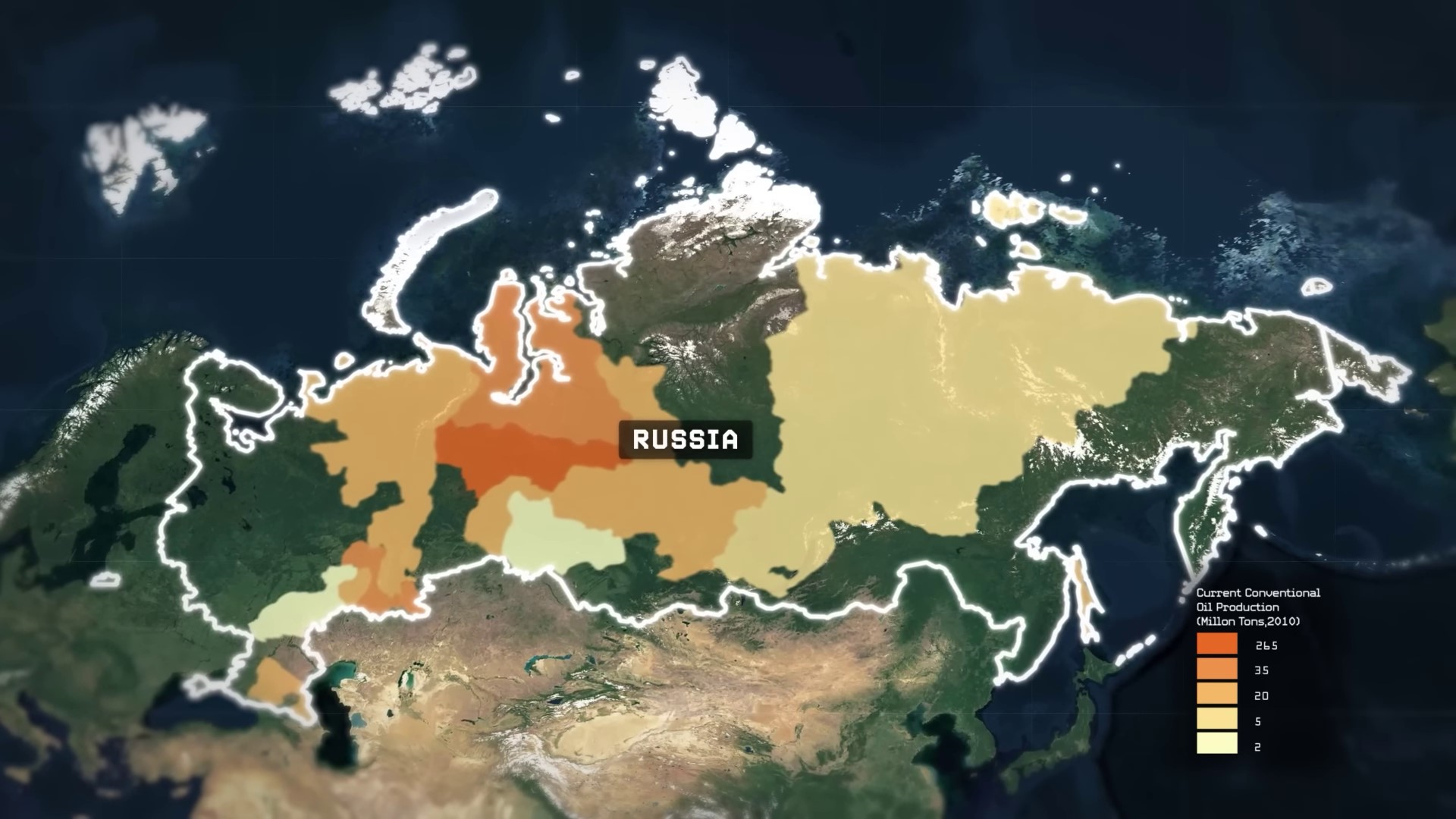
As a result, oil production in Texas increased threefold from 2009 to 2014. As of 2023, Texas alone accounts for 43% of America's total oil and 25% of natural gas production.
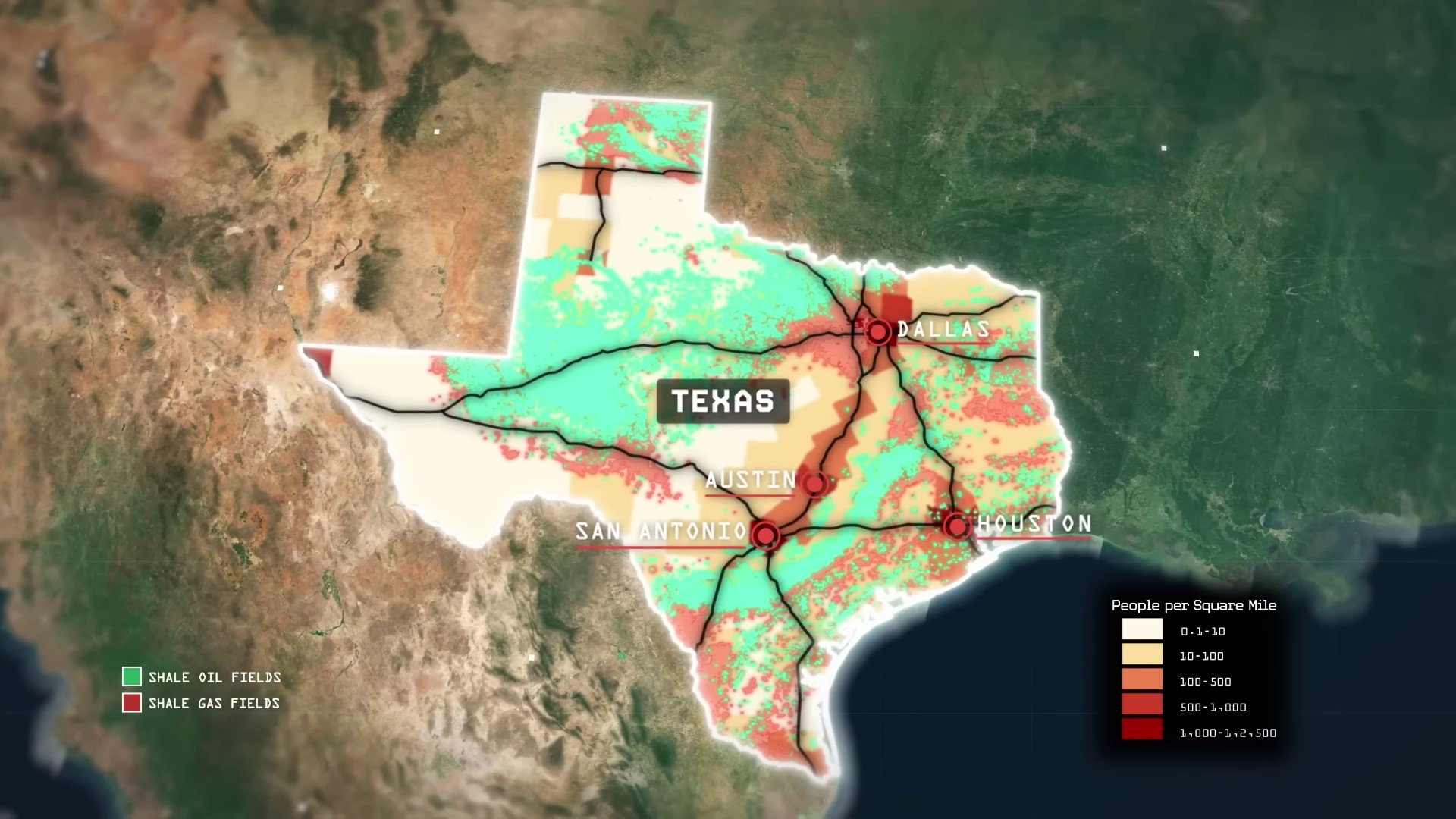
The United States Becoming the World’s Largest Oil Producer | 0:26:03-0:31:03
Despite predictions, the United States transitioned from being the world's largest oil and gas importer to the largest oil producer in 2018. This shift was largely attributed to advances in fracking in Texas. This resurgence in oil and gas production subsequently led to a decline in the trade deficit, with net oil imports dropping from 60% in 2005 to less than 3% in 2019.
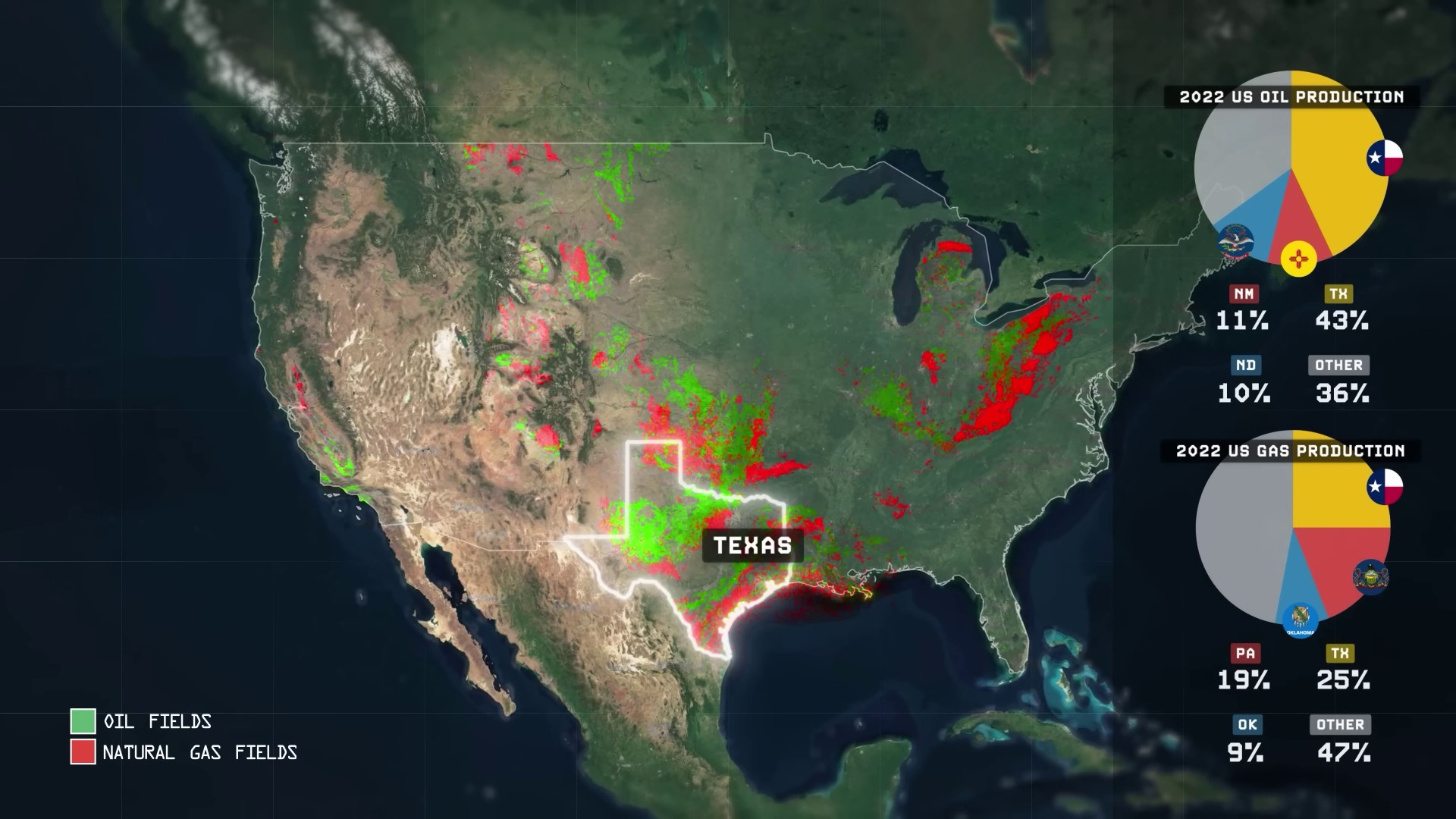
The United States' abundant natural gas supply, established via fracking after the 2010s, led to the production of some of the cheapest electricity and chemicals in the developed world. In addition, exporters capitalized on the proximity to cheap gas and electricity sources, favoring the Gulf Coast region around Texas and Louisiana for relocation of operations.
After the Russian invasion of Ukraine in 2022, Europe reduced its Russian oil and gas imports, leaning on the US's surplus in production. This was made possible by the shale revolution in Texas.

As of 2023, America surpassed Qatar as the world's largest exporter of liquefied natural gas, supplying 20% of the European Union's total imports, only second to Norway's 31%. By the end of 2022, 18% of the European Union's oil imports came from the United States, largely reducing Russia's ability to threaten Europe with energy warfare.
Furthermore, Texas doesn't only lead the United States in oil and gas production but also in renewable energy potential. Specifically, the areas from North Dakota through Texas provide one of the windiest regions in the world, ideal for generating electricity from wind power.
Look into Texas’s Energy Dominance and Wind Power | 0:31:03-0:35:03
Texas has a major ability to harvest power from wind due to its wind potential. With over 150 wind farms producing over 30,000 megawatts of power, Texas generates the highest amount of wind power among US states, meeting around 16% of the state’s electricity needs.
Texas would rank 5th in the entire world by wind power generation, in addition to 5th in natural gas and 4th in oil. And then to just keep adding on to Texas’s energy advantages you can further measure the state’s by solar energy potential, where, once again, it contains some of the best solar potential land in the entire country across the western portions of the state. And so, solar already accounts for another 4% of Texan electricity. Wind, solar, and nuclear combined provide for around a third of Texas’ total electricity needs and are growing greater all the time, enabling the state to export even more of its vast oil and gas supplies to other states and other countries who need them more.
Texas is therefore effectively one of the world’s greatest energy super-provinces, because it contains many of the largest and most productive oil and gas fields on the planet, one of the largest refinery capabilities on the planet, some of the windiest and sunniest locations on the planet, a strategic position in the center of North America granting it the ability to easily export many of those resources across the continent, and a long coastline free of major maritime chokepoints to export those resources around the world from. Texas is America’s greatest energy, energy 21st century. In time, by the 2040s, Texas may indeed finally end up even surpassing California and become America’s newest, most populous, and most influential state. Time will tell, and we’ll see if I’m right 20 years from now.
